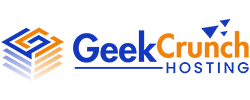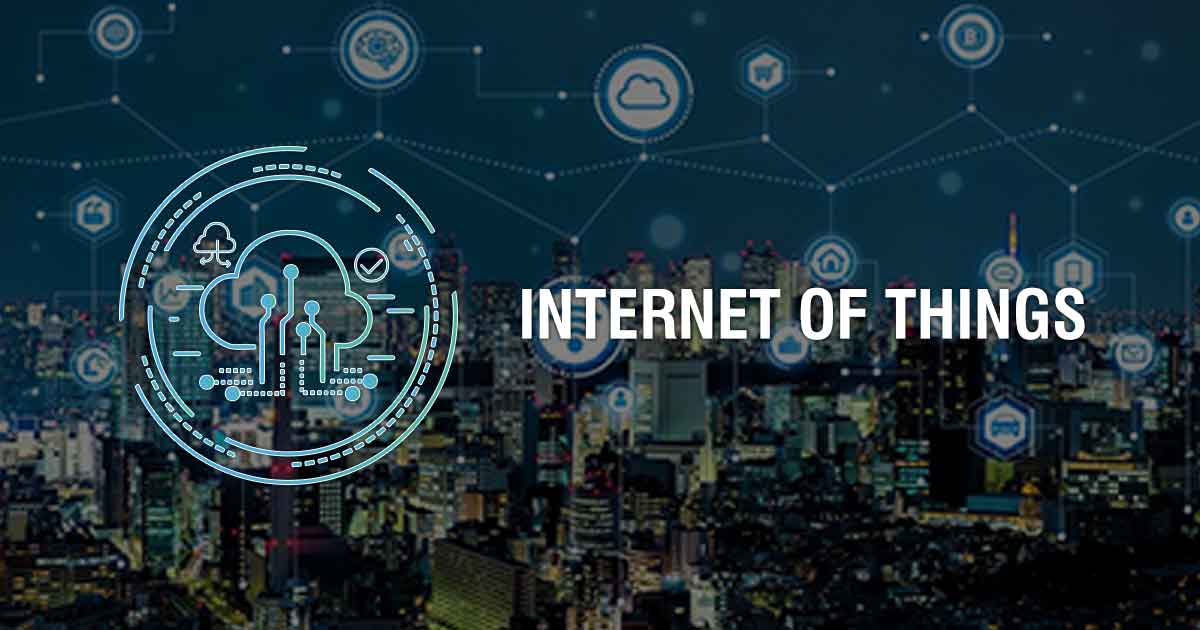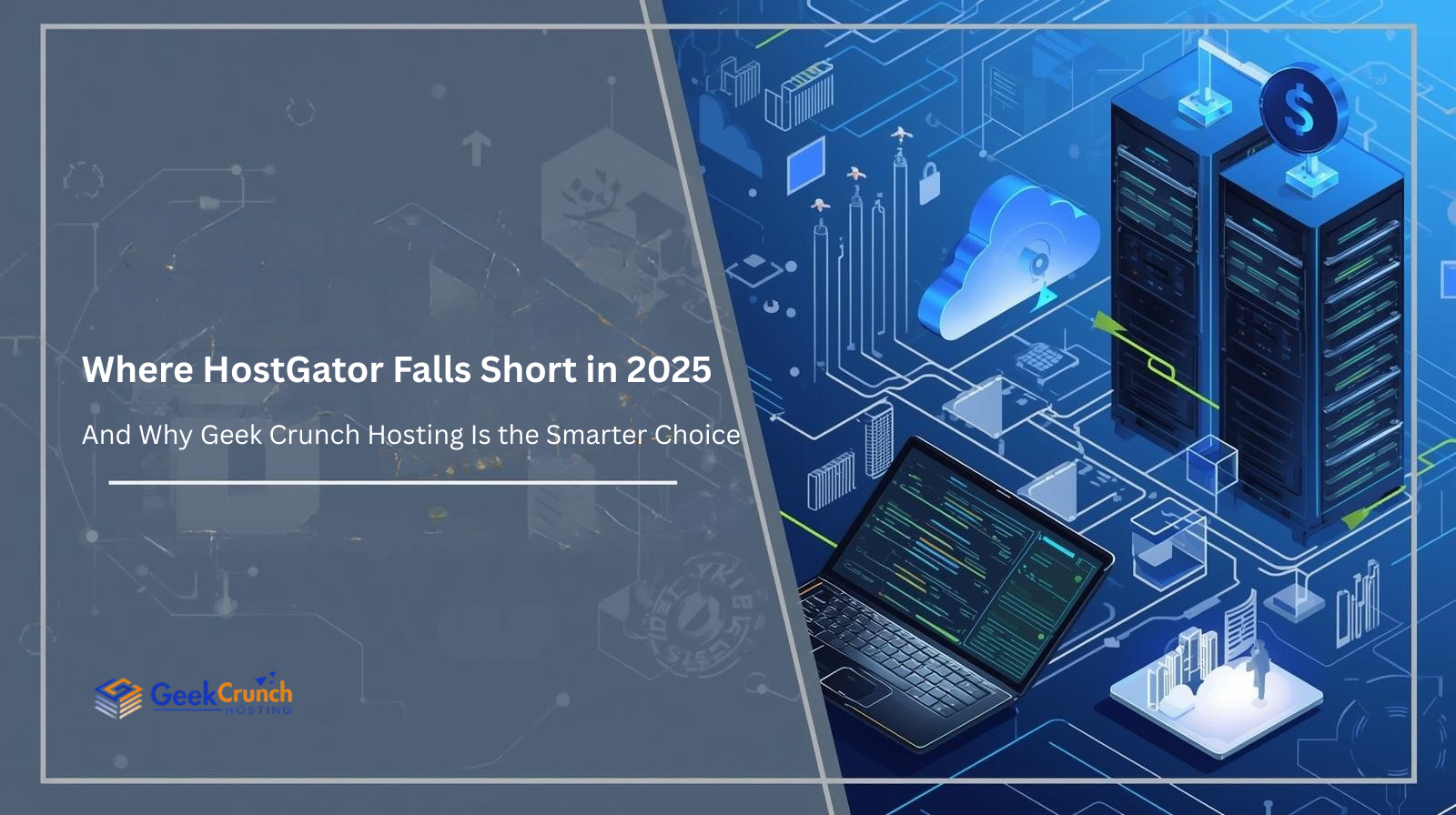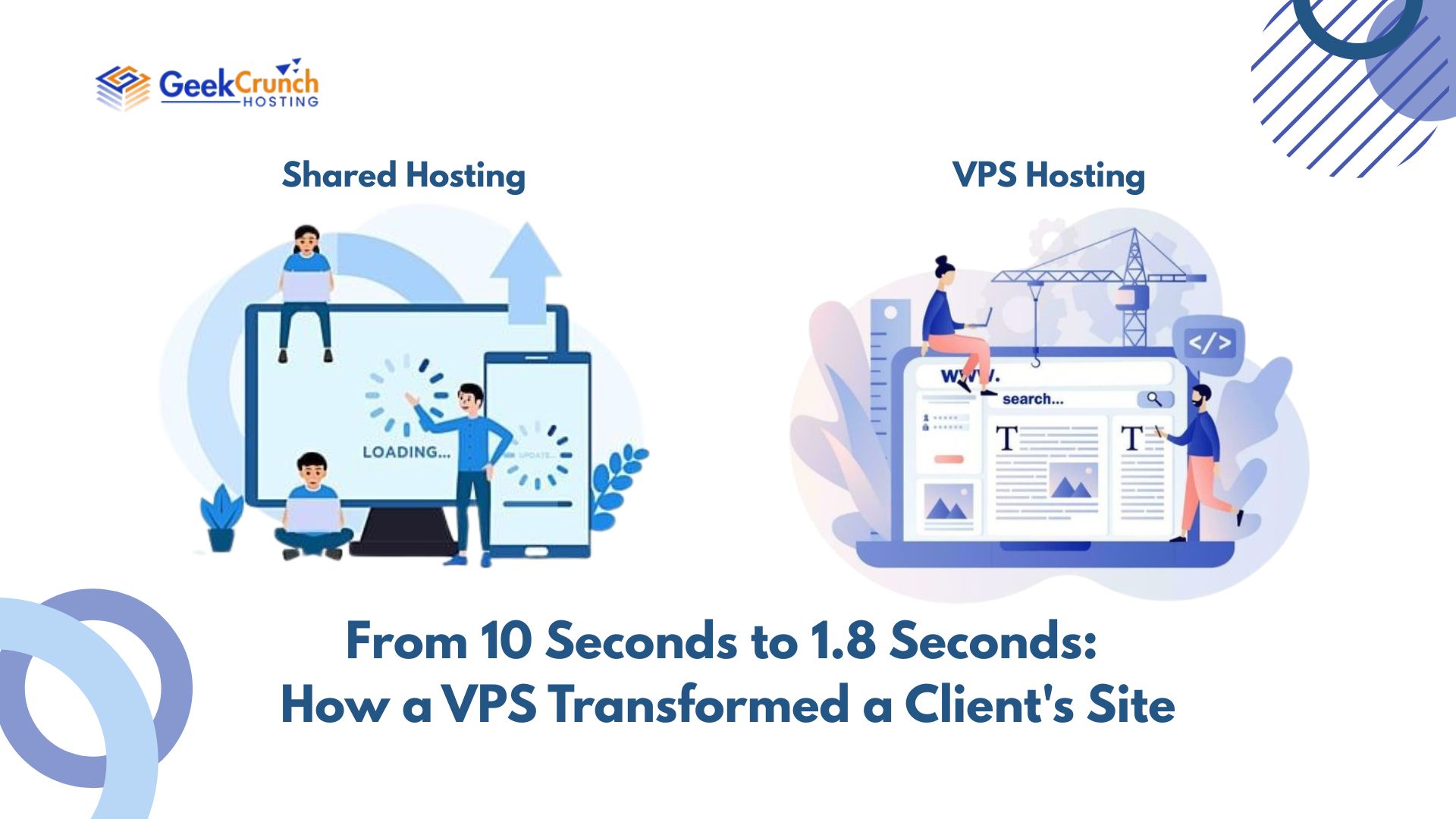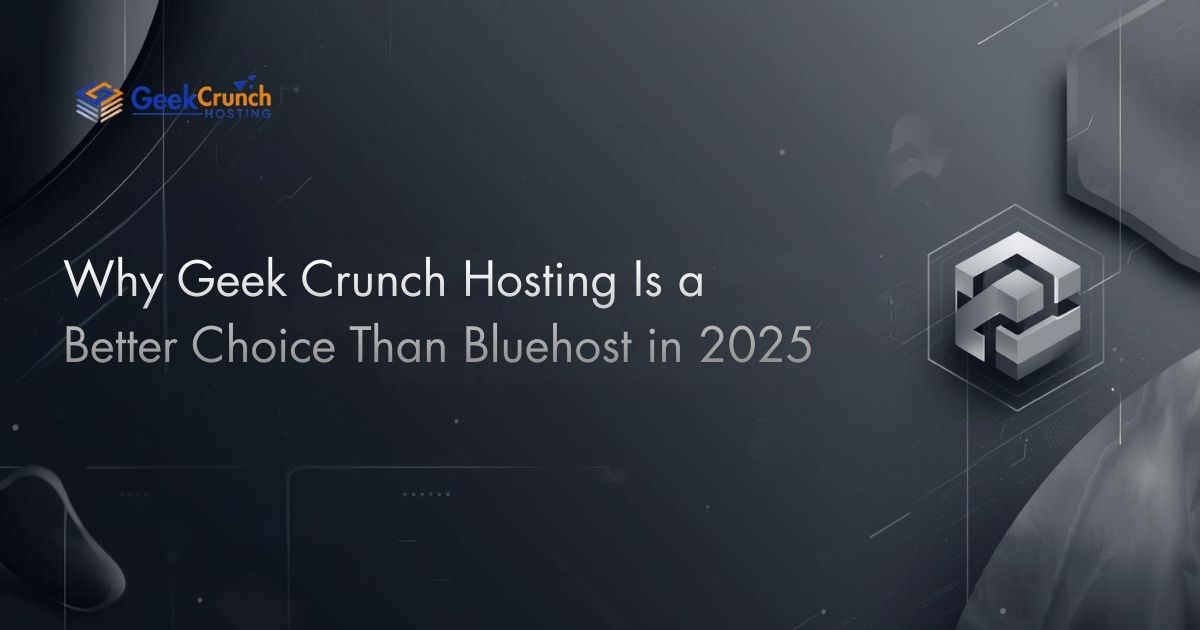The internet of things is a computing concept that describes a future where every day physical objects will be connected to the internet and have the ability to identify themselves to other devices. Basically, the significance of IoT is that an object that can self-represent digitally becomes something greater than the object by itself. It is now connected to surrounding database data and objects therefore no longer relates only to you. The Internet of Things (IoT) global market is still at new and is set for exponential growth over the next few of years as the connection to the internet by billions of people through various devices and applications continues. The connected devices will be not just be computers, tablets or smartphones, but also watches, sunglasses, ATM machines cars or vending machines and other devices which requires may any sort of wireless connectivity. This is only the beginning. The IoT is predicted to have 4 billion people using 31 billion devices by 2020, nearly doubling the amount of connected technology we see now. But in order to do this most effectively, proper utilization of cloud computing will become a vital component. The IoT major goal is to make these services, applications and devices as ubiquitous as possible, all the while enabling the collection of large quantities of data regarding user and consumer preferences.
As cloud computing grows so will the IoT in the listed ways.
Analytics and advertising
Data analysis will become even more accurate in predicting consumer preference and behaviour. Cloud-IoT does provide real time or near real time data and events which weren’t visible earlier in the context. For instance, a company can manufacture a product and/or a device and insert experimental technology in it and they will get real-time feedback from the beta participants as well as the devices used by their prospective consumers. Alterations can be made during the experimental period of the product. They can fix the bugs immediately for
Startup and investments
Cloud computing is an architecture that arranges different technologies such as automated provisioning, multi tenancy and usage accounting all the while depending on the Internet and other connectivity technologies such as richer Web browsers to comprehend the vision of computing delivered as a utility.
Cloud computing is seeing expansion and there are three commonly deployed cloud service models namely cloud Software as a Service (SaaS), Cloud Platform as a Service (PaaS) and Cloud Infrastructure as a Service (IaaS). For example, PaaS can provide a platform from which to access IOT data and on which custom IOT applications (or host-acquired IOT applications) can be developed. SaaS can be provided on top of the PaaS solutions to offer the provider’s own SaaS platform for specific IOT domains. Therefore cloud hosting service providers are ready to take the initiatives towards this direction. With the expected growth in this direction, it is safe to say the scope of the mobile computing revolution will pale in comparison to the Internet of Things, and the confluence of mobile, cloud and intelligent objects is the next great market opportunity for cloud providers.
Development of countries
Cloud provides a huge bandwidth to IoT systems, unlimited storage and unlimited on-demand processing power at an affordable cost of entry and a low subscription cost based on the recurring cost models of the unlimited network effects. The Radio Frequency Identification (RFID) technology is showing the most significant importance since it was first used in the logistics and supply chain sector to track and monitor the goods. Billions have been spent on RFID chips and more is still being invested into them. So it’s clear that they are quite an influence in opportunity for IoT coming in the market. A great deal of the cloud growth that is seen is actually as a result of developing countries that have been slow in adopting the cloud. As a matter of fact, 90
That being said the IoT will dramatically change day to day life as well as the information stored about us. Although the cloud may seem to be a mature technology, it is only at its infancy and we haven’t began exploiting the true potential of the interface between cloud, mobile, and smart objects with sensors. Those who are ready and are equipped with the necessary infrastructure and expertise will be perfectly placed to reap the business rewards of the Internet of Things.
In summary, a smarter connected people will not only improve but also save community lifestyle and collective functioning.
